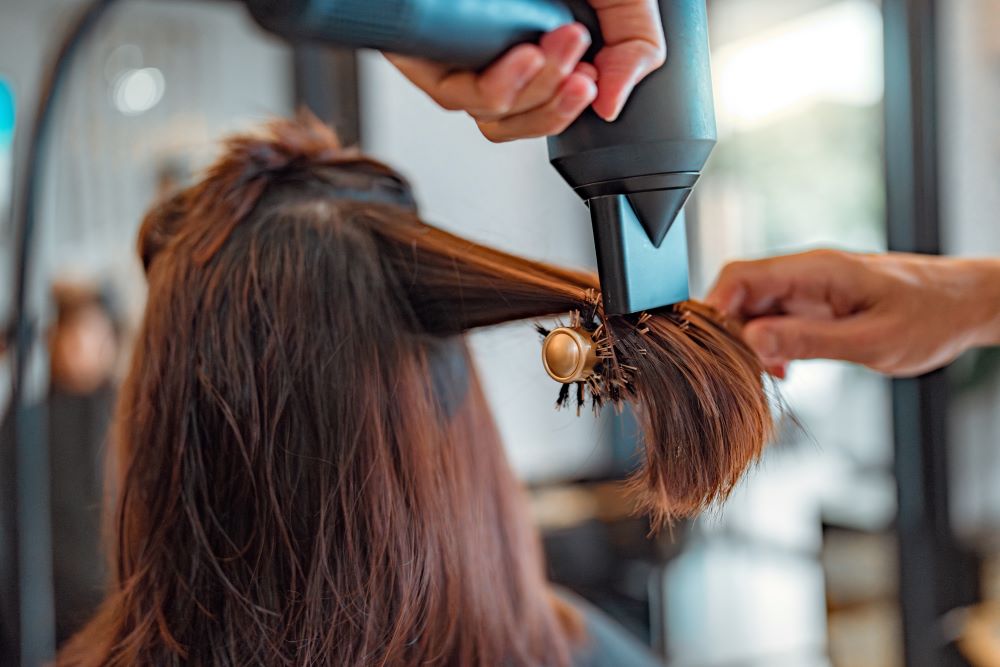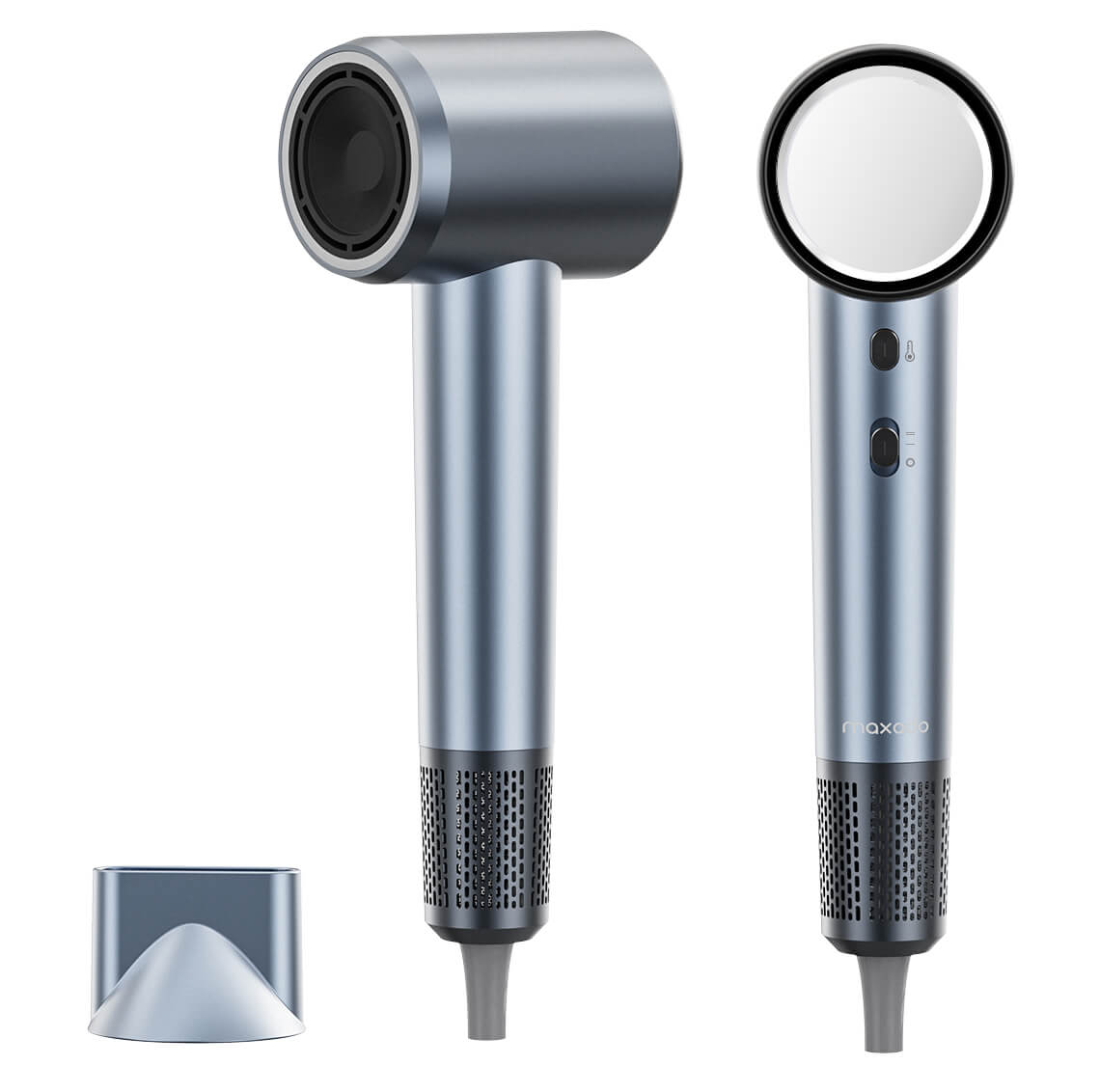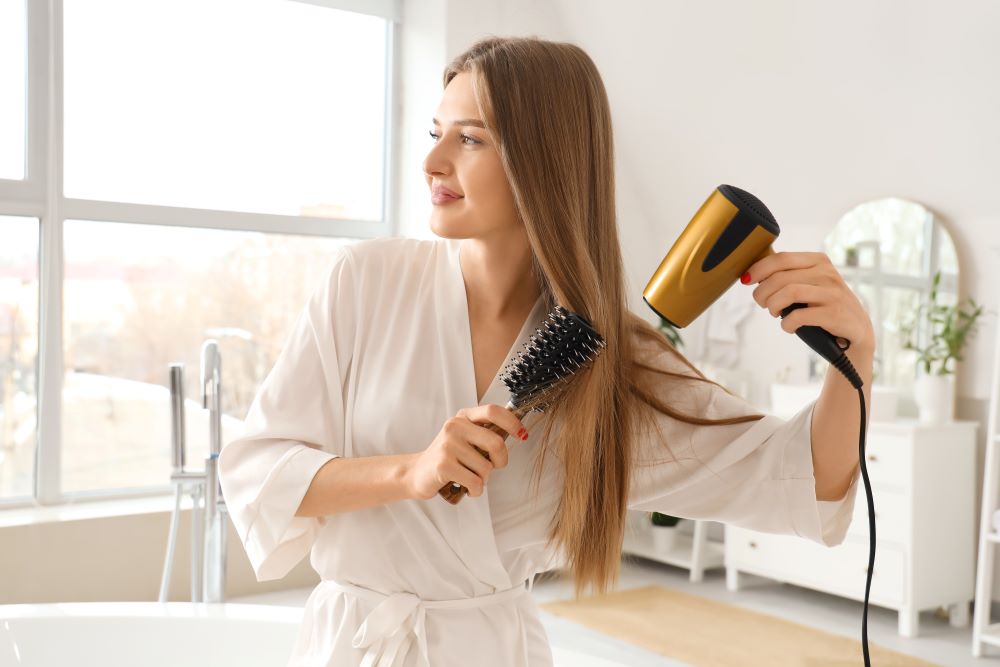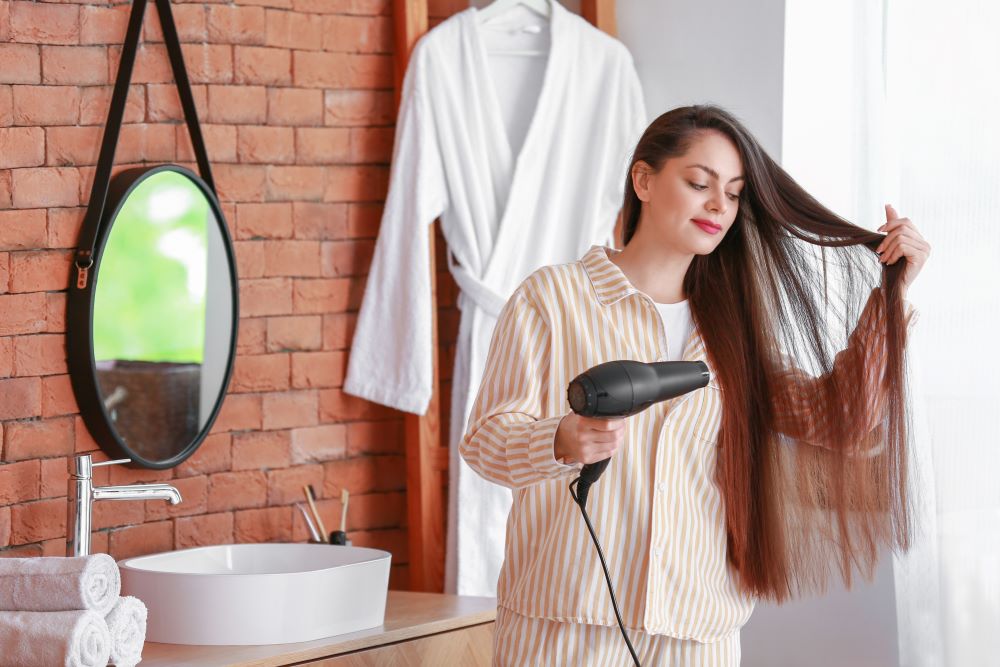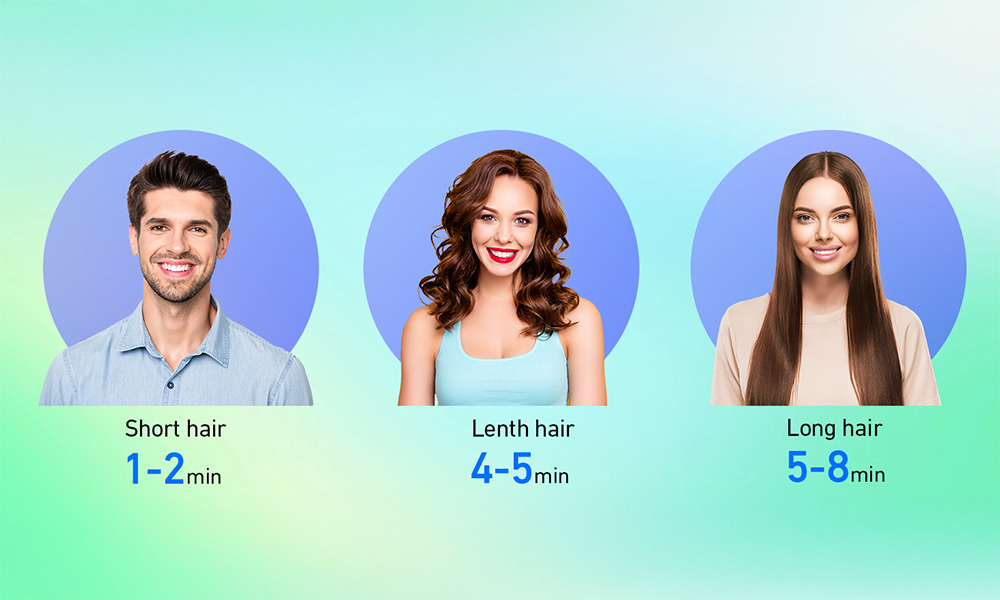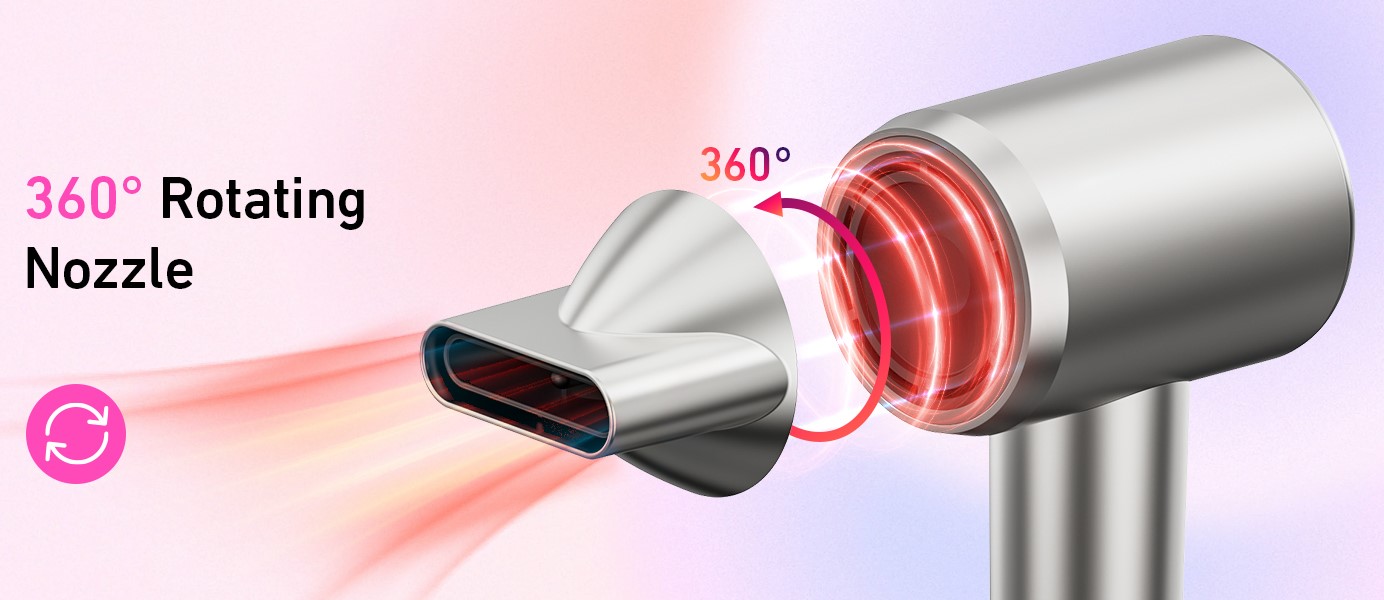
- Home
- Hair Dryer
- Hair Care Tips
- Selecting the Right Hair Care Tools: A Comprehensive Guide
Selecting the Right Hair Care Tools: A Comprehensive Guide
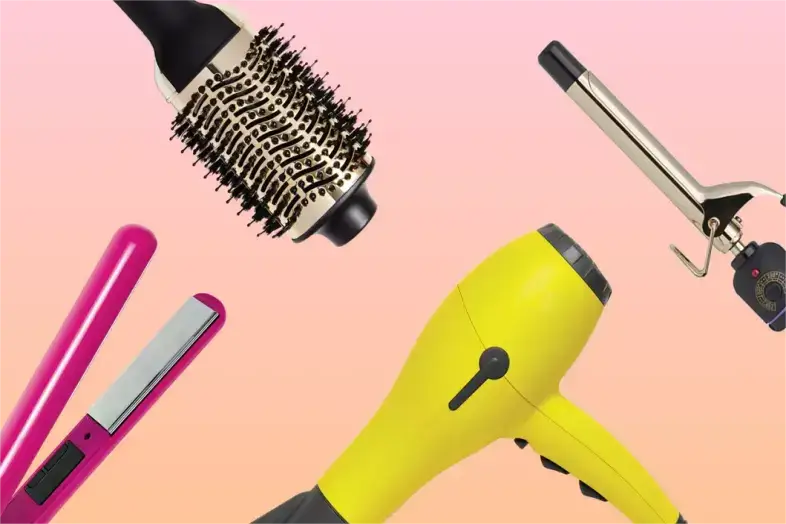
The journey to achieving your dream hair look is as much about the tools you use as it is about the products you apply. Selecting the right hair care tools is not merely a matter of personal preference but a crucial step towards maintaining the health and integrity of your hair. Whether it’s a brush that glides seamlessly through your strands or a hair dryer that reduces damage while enhancing shine, the tools you choose can significantly impact your hair’s overall condition and styling outcome. Understanding the symbiotic relationship between your hair’s health and the tools you use will empower you to make informed decisions, ensuring that your hair not only looks good but also feels good.
Understanding Your Hair Type
Identifying Your Hair Type

Your hair type is determined by several factors, including texture, density, porosity, and elasticity. These characteristics influence how your hair behaves and responds to different styling tools. Hair can be broadly categorized into fine, thick, curly, or straight, each with its unique needs. For instance, fine hair is more prone to heat damage and requires gentle styling, while thick hair may need higher temperatures and robust tools for effective styling.
How Hair Type Affects Your Choice of Tools
Recognizing your hair type is the first step in choosing tools that will enhance, rather than detract from, your hair’s natural beauty. Fine, delicate hair benefits from tools that offer adjustable heat settings to prevent damage, whereas thick or coarse hair might require more powerful tools to achieve the desired style. Similarly, curly hair often needs diffusers to dry evenly and maintain curl pattern, while straight hair might seek sleek results from flat irons or paddle brushes.
Brushes and Combs
Types of Brushes and Combs and Their Uses

Brushes and combs come in a wide variety of shapes, sizes, and materials, each designed for specific hair types and styling needs. For example, paddle brushes are great for detangling and smoothing straight hair, while wide-tooth combs are ideal for curly hair to minimize breakage and preserve curl pattern. Round brushes can help achieve volume and lift at the roots, particularly when used with a blow dryer.
How to Choose the Right Brush or Comb for Your Hair Type
Selecting the right brush or comb starts with understanding your hair’s texture and what you want to achieve with your style. Fine or thin hair benefits from boar bristle brushes, which distribute oils evenly throughout the hair, enhancing shine without causing breakage. Thick or curly hair may require sturdier nylon bristles or wider spaced teeth to detangle without snagging. Consider the brush’s size, bristle type, and shape to align with your styling goals and hair health.
Hair Dryers
Features to Look for in a Hair Dryer
When choosing a hair dryer, look for features that will enhance your hair’s health and simplify your styling routine. Adjustable heat and speed settings are crucial for catering to different hair types and minimizing heat damage. A cool shot button helps to set styles and add shine. Lightweight and ergonomically designed models reduce arm fatigue, making styling more comfortable.
The Importance of Ionic, Ceramic, and Tourmaline Technologies
Modern hair dryers are equipped with technologies that aim to protect hair health while improving drying time. Ionic technology emits negative ions, reducing frizz and speeding up drying by breaking down water molecules. Ceramic heaters distribute heat more evenly, preventing hot spots and damage. Tourmaline technology enhances ionic and infrared heat output, further smoothing the hair and adding shine.
Choosing the Right Attachment for Your Hair Type
Attachments can significantly alter the performance of your hair dryer, tailoring it to your specific hair type and styling needs. A diffuser is essential for curly hair, distributing airflow evenly to dry curls without disrupting their natural shape. A concentrator nozzle focuses airflow for more precise styling, ideal for straightening or controlling frizz in targeted sections. Understanding and utilizing these attachments can transform your drying experience, leading to healthier, better-styled hair.
Flat Irons and Straighteners
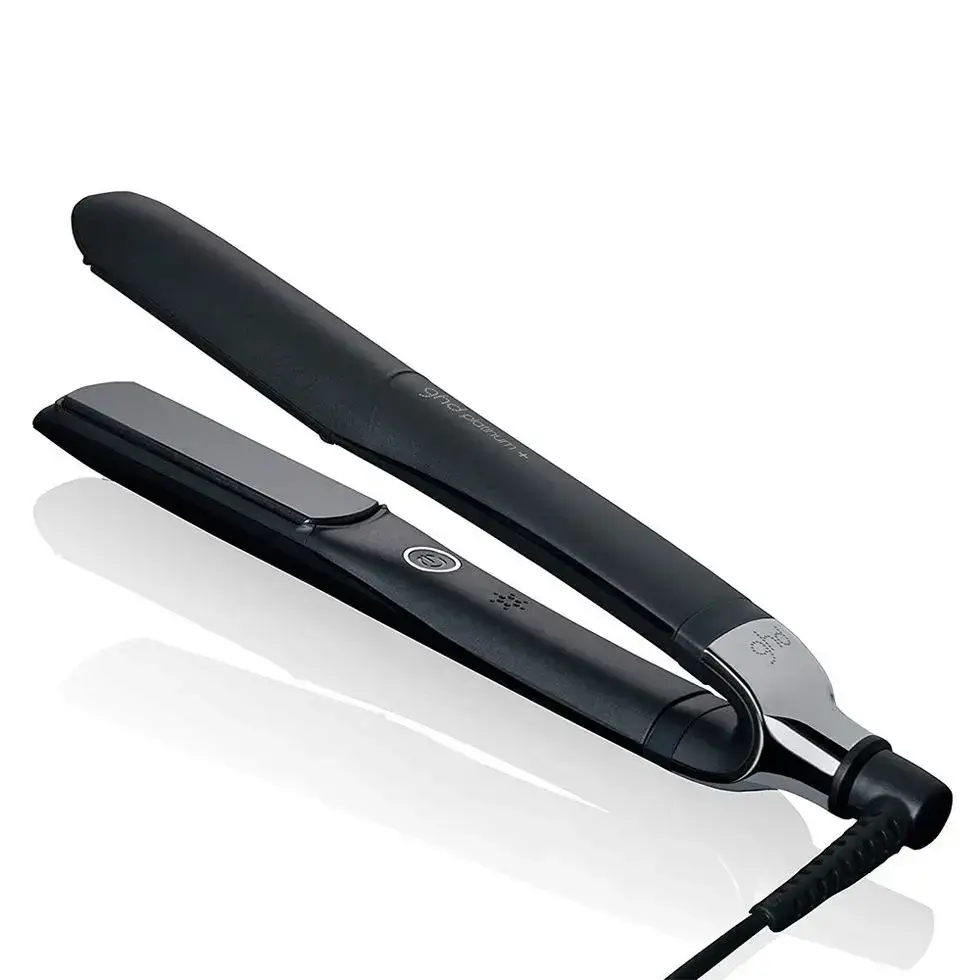
Different Materials (Ceramic, Titanium, etc.) and Their Benefits
Flat irons and straighteners come in a variety of materials, each offering unique benefits to suit different hair needs. Ceramic flat irons are popular for their even heat distribution, minimizing hot spots that can damage hair. They help to create a smooth, sleek look and are ideal for fine to normal hair types. Titanium flat irons, on the other hand, heat up quickly and can reach higher temperatures. This makes them suitable for thick, coarse hair that requires more heat to straighten. There are also tourmaline-coated flat irons which emit negative ions, reducing frizz and sealing the hair’s moisture, making them great for frizzy or curly hair.
Size and Temperature Settings for Various Hair Types
The size of the flat iron’s plates and the temperature settings are crucial factors to consider. Smaller plates (around 1 inch or less) are suitable for short hair and for creating tighter curls, while wider plates are better for long, thick hair as they can straighten larger sections at a time. Fine or damaged hair should be styled at lower temperatures (below 300°F), whereas thick, coarse hair may require temperatures up to 450°F. It’s important to start with a lower temperature and gradually increase as needed to find the minimal effective setting that achieves your desired style without causing damage.
Safety Tips for Using Flat Irons
Always use a heat protectant spray or serum on your hair before using a flat iron to minimize heat damage. Never use a flat iron on wet or damp hair, as this can cause severe damage, including breakage and split ends. It’s also important to regularly clean your flat iron to remove any product buildup on the plates, ensuring an even heat distribution. Lastly, avoid using high heat settings excessively, and give your hair a break from heat styling whenever possible.
Curling Tools
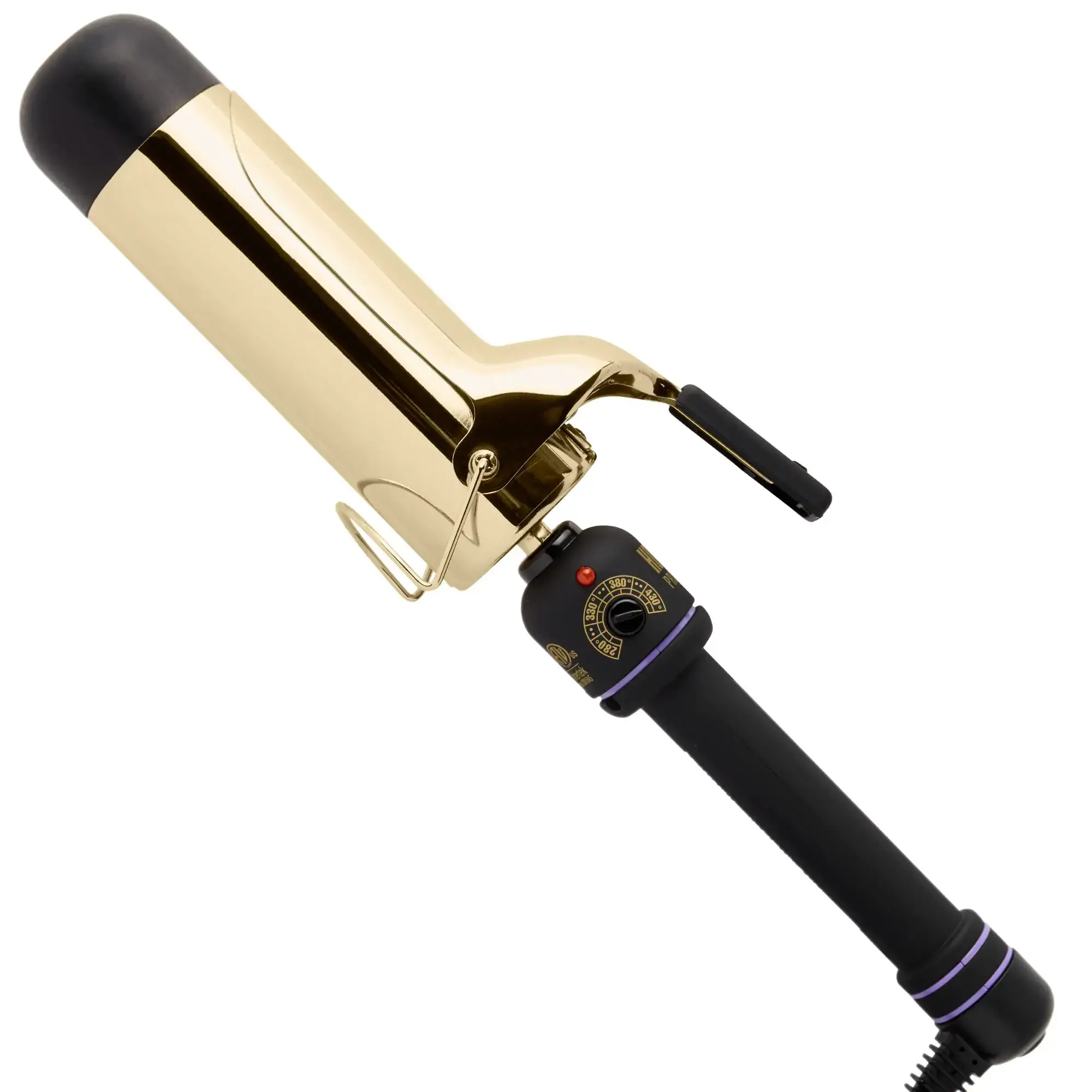
Types of Curling Tools: Curling Irons, Curling Wands, and Automatic Curlers
Curling tools vary in their designs and functionalities. Curling irons with clamps are traditional tools that can create a variety of curls, from tight spirals to loose waves, depending on the technique used. Curling wands, which lack a clamp, offer more freedom to wrap hair around the barrel for natural-looking waves and curls. Automatic curlers, the most user-friendly option, draw sections of hair into a chamber and curl them automatically, reducing the effort and skill required for beautiful curls.
Choosing the Right Barrel Size for Your Desired Curls
The size of the curling tool’s barrel greatly influences the type of curl it creates. Small barrels (around 3/8 to 3/4 inch) are perfect for tight, springy curls, while medium barrels (1 to 1.5 inches) are ideal for classic, voluminous curls. Large barrels (1.5 inches and above) create loose waves and large, flowing curls. Consider the length of your hair and the style you aim to achieve when selecting a barrel size.
Features to Look For: Temperature Control, Material, and Auto Shut-Off
Look for curling tools with adjustable temperature settings to cater to different hair types and minimize heat damage. The material of the barrel (ceramic, titanium, or tourmaline) also plays a crucial role in the tool’s performance and the health of your hair. Auto shut-off is an essential safety feature that turns the tool off automatically after a period of inactivity, providing peace of mind.
Specialty Tools
Overview of Specialty Tools like Hot Rollers, Crimpers, and Waving Irons
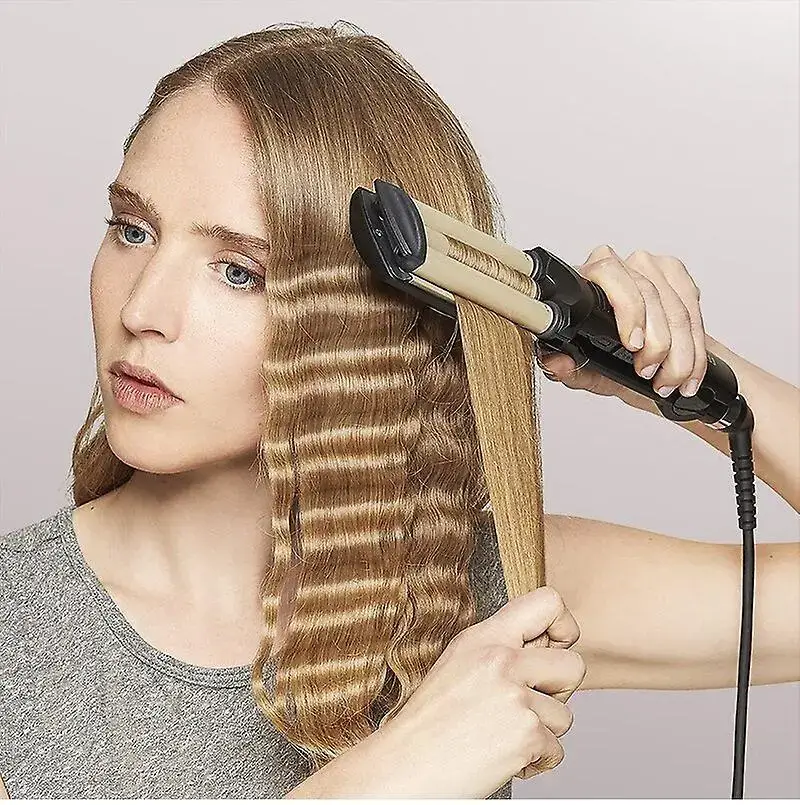
Specialty hair tools offer unique styling options beyond straightening and curling. Hot rollers are perfect for creating voluminous curls and waves without much heat damage, ideal for those seeking a more traditional or glamorous look. Crimpers add texture and volume to hair by creating small, defined crimps, a style that’s made a comeback from the 80s and 90s. Waving irons, or deep wavers, create S-shaped, beachy waves effortlessly, providing a casual, tousled look.
When and Why to Use These Tools
These specialty tools are excellent for experimenting with different styles or achieving a specific look for an event. Hot rollers are great for setting a style that lasts all day or night, while crimpers can add edgy texture to an otherwise sleek hairstyle. Waving irons are perfect for creating a laid-back, beachy vibe without the need for a curling wand or iron. Each tool offers a unique way to enhance your hairstyle, providing variety and versatility to your hair styling routine.
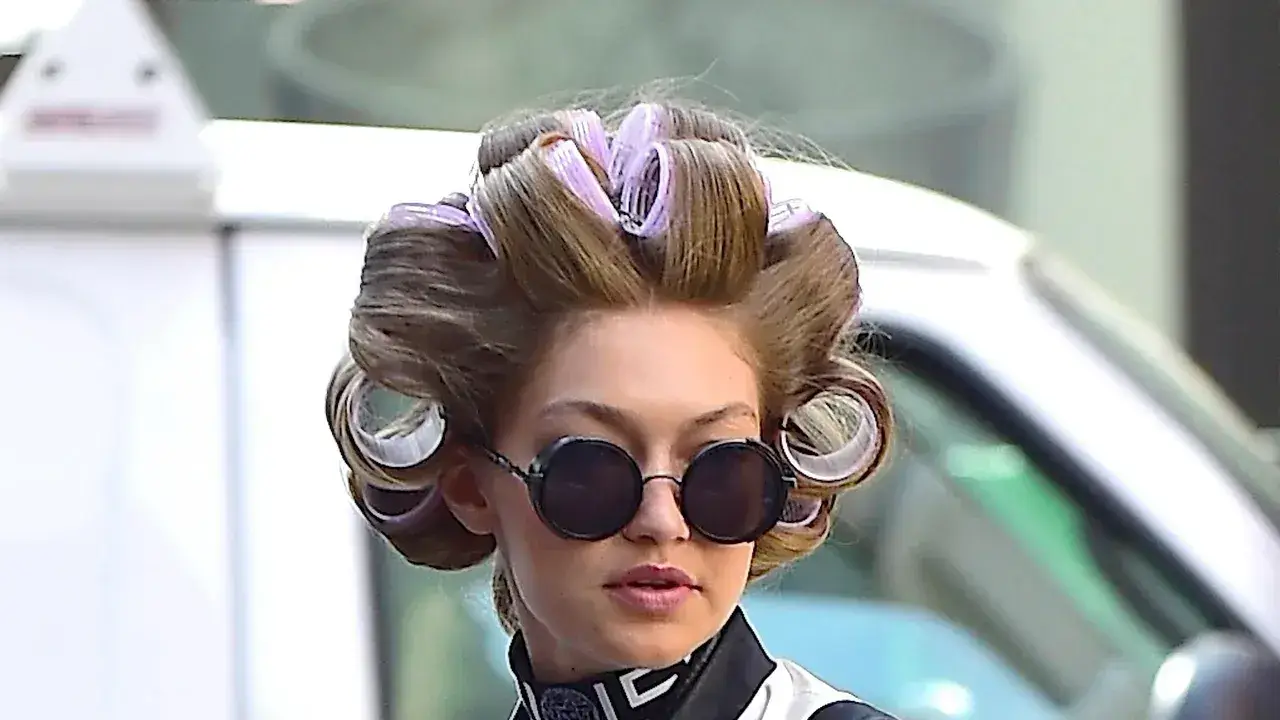
Maintenance and Care of Hair Tools
Cleaning and Storing Your Tools: Regular cleaning of your hair tools is essential to their longevity and performance. Remove hair and product buildup from brushes, combs, and the surfaces of heat tools with a damp cloth. For heat tools, make sure they are unplugged and completely cool before cleaning. Proper storage is also crucial; avoid wrapping cords too tightly around tools and store them in a dry place to prevent damage.
Safety Tips and the Importance of Regular Maintenance: Always follow the manufacturer’s instructions for use and maintenance. Regularly inspect your tools for any signs of wear or electrical issues. Using damaged tools can be a safety hazard and can also damage your hair. Regular maintenance not only ensures your safety but also ensures that your styling tools work as effectively as possible.
Innovative Hair Care Tools
Introduction to New and Innovative Tools in the Market: The hair care industry is constantly evolving, with new tools that use cutting-edge technology to minimize damage and maximize styling efficiency. Tools like smart hairbrushes that analyze hair health, cordless and rechargeable hair tools for convenience, and even laser hair growth devices are changing the way we care for our hair.
How Technology is Changing Hair Care Routines: These innovative tools often come with apps or digital features that help users understand their hair’s needs, track health, and personalize their hair care routines. They make styling quicker, more effective, and tailored to individual hair types and conditions.
Conclusion
We’ve explored a wide range of hair care tools, from the essentials for curling and straightening to specialty tools for creating unique styles, and how to maintain them for longevity and performance. The rapid pace of technological innovation in hair care tools offers exciting new possibilities for personalizing our hair care and styling routines.
Experimentation is key to finding what works best for your hair type and style preferences. Remember, while it’s great to have a variety of tools at your disposal, the health of your hair should always come first. Use heat protectant products, choose the right settings for your hair type, and give your hair a break from styling tools when you can. Embrace the journey of discovering the best tools and techniques to bring out the best in your hair.
Popular Post

Ultimate Guide to Using a Hair Dryer with Nozzle for Styling
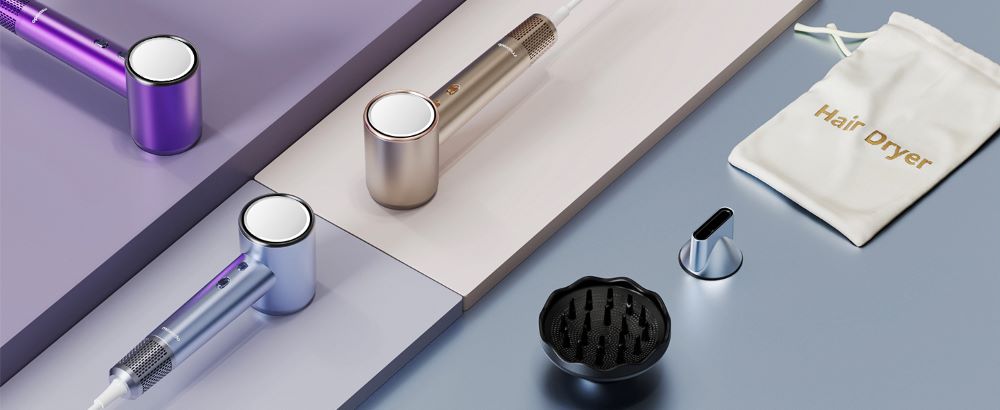
The Benefits of Using a Hair Dryer with a Diffuser
